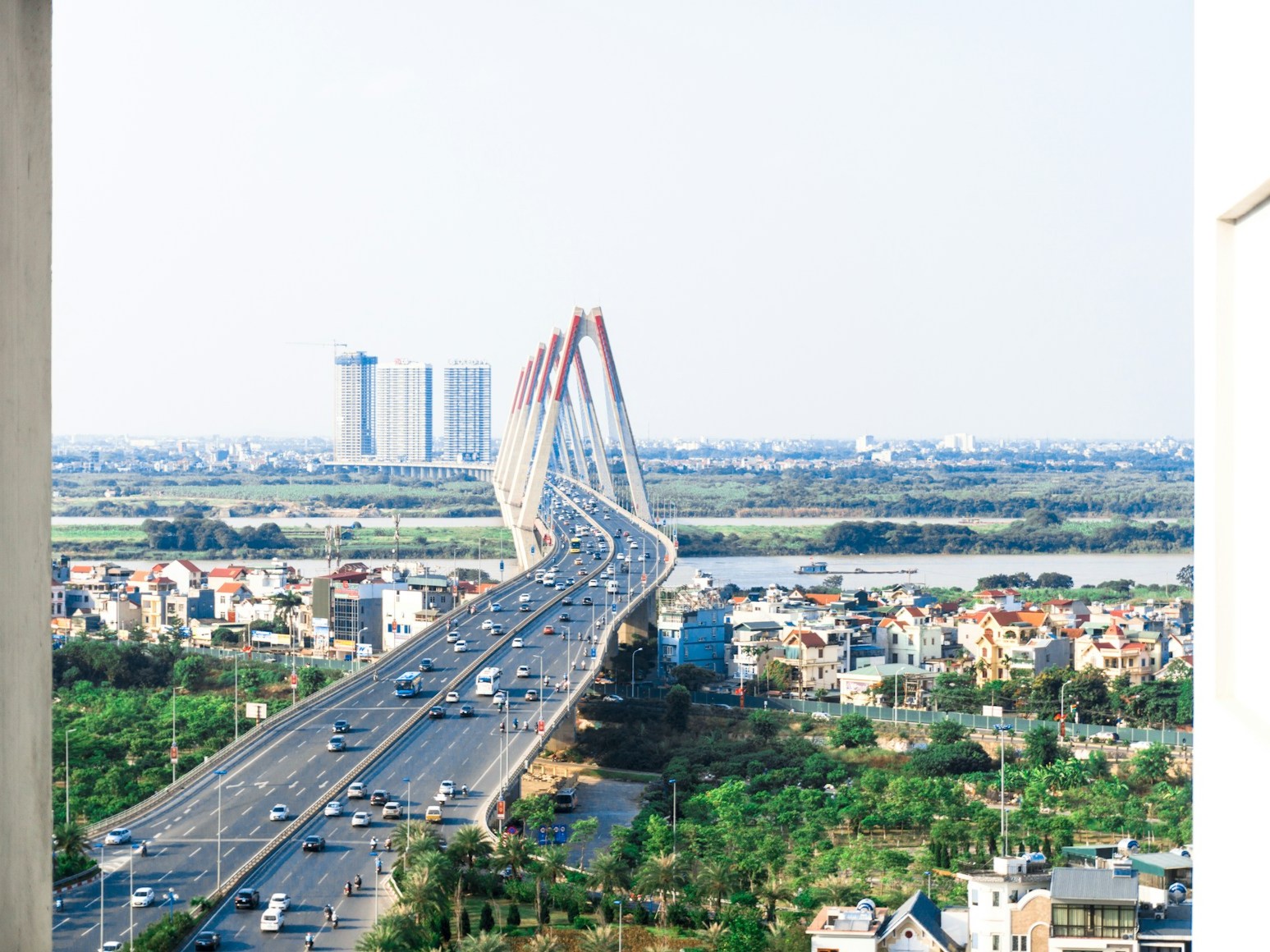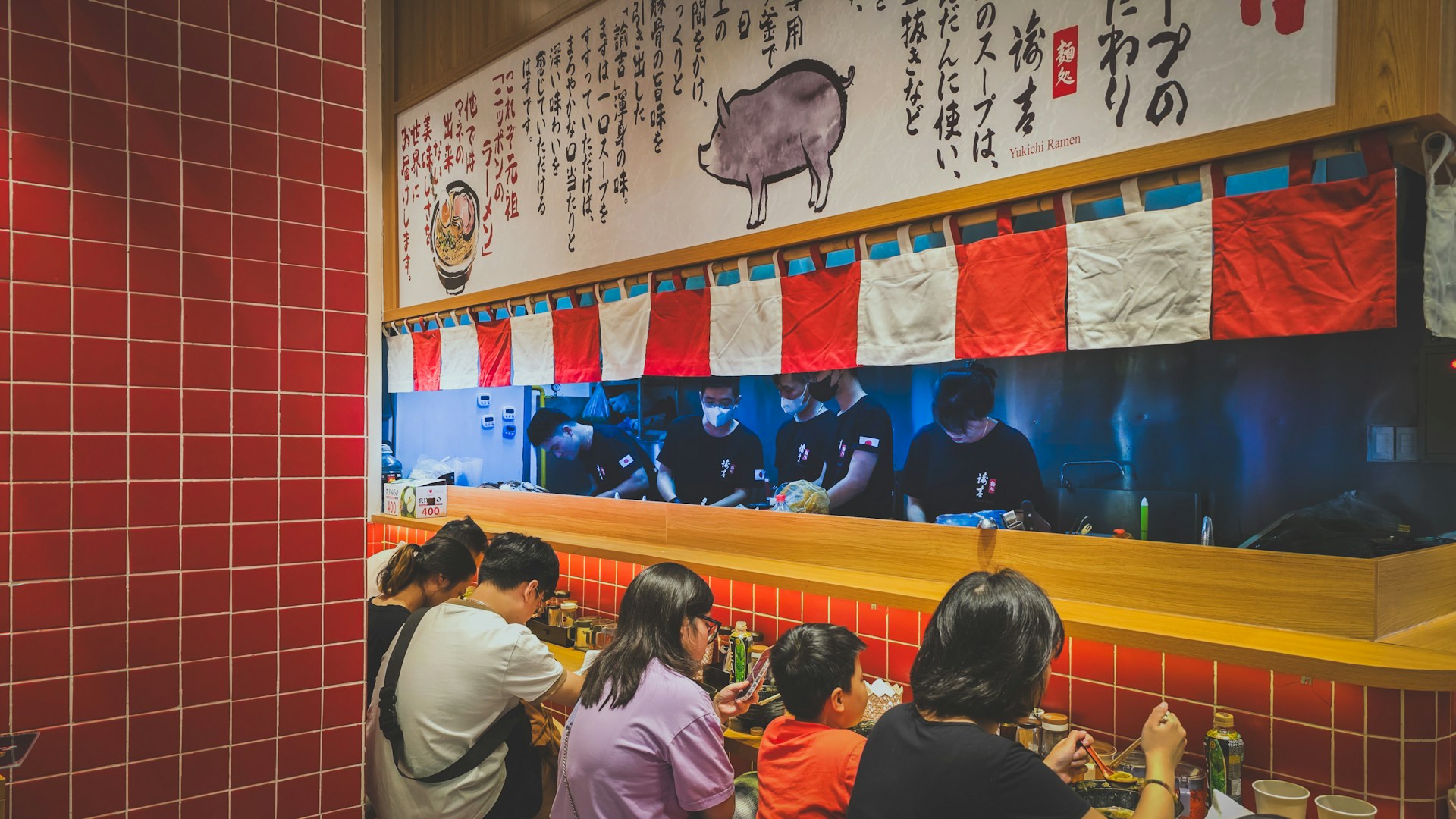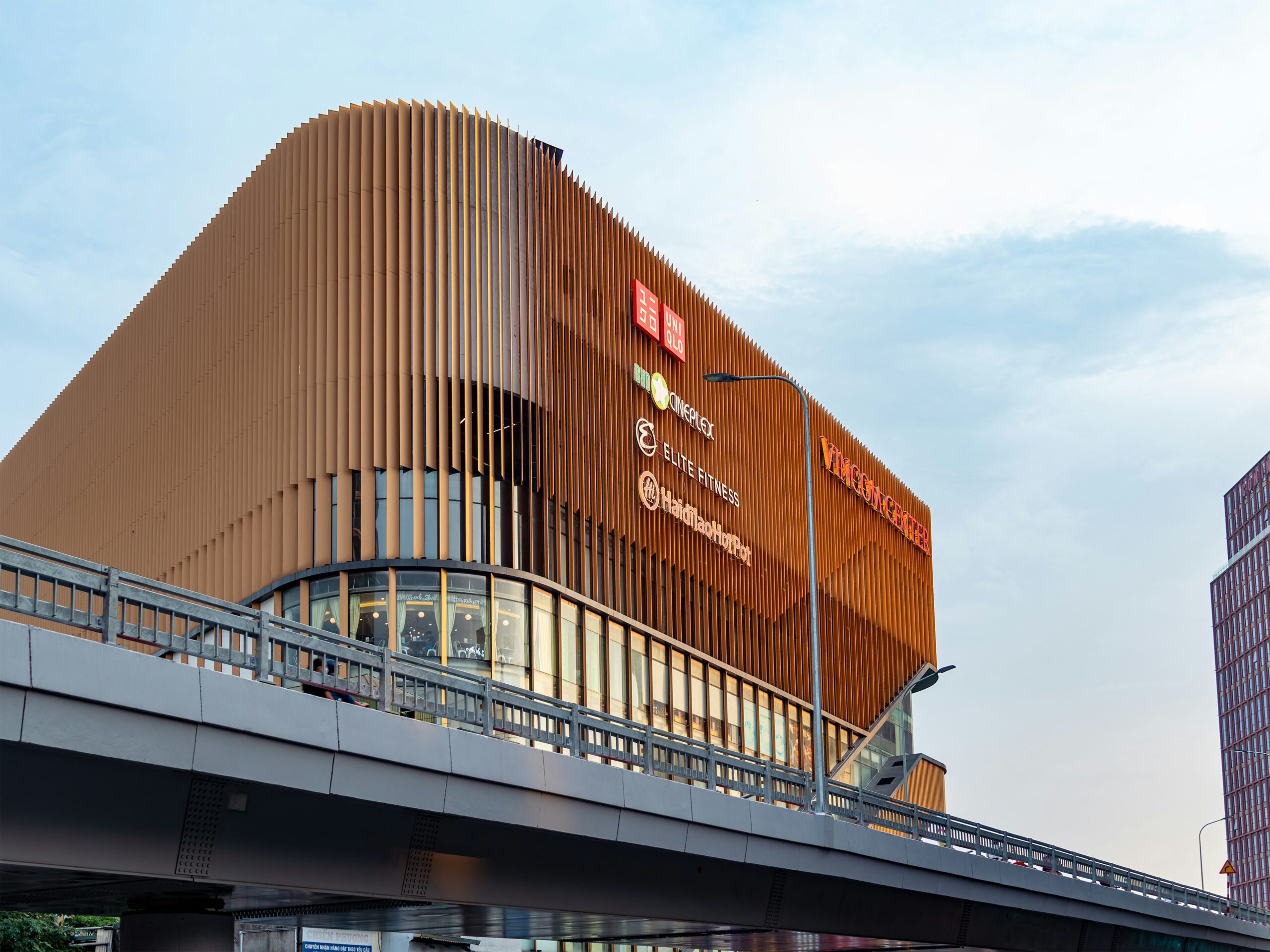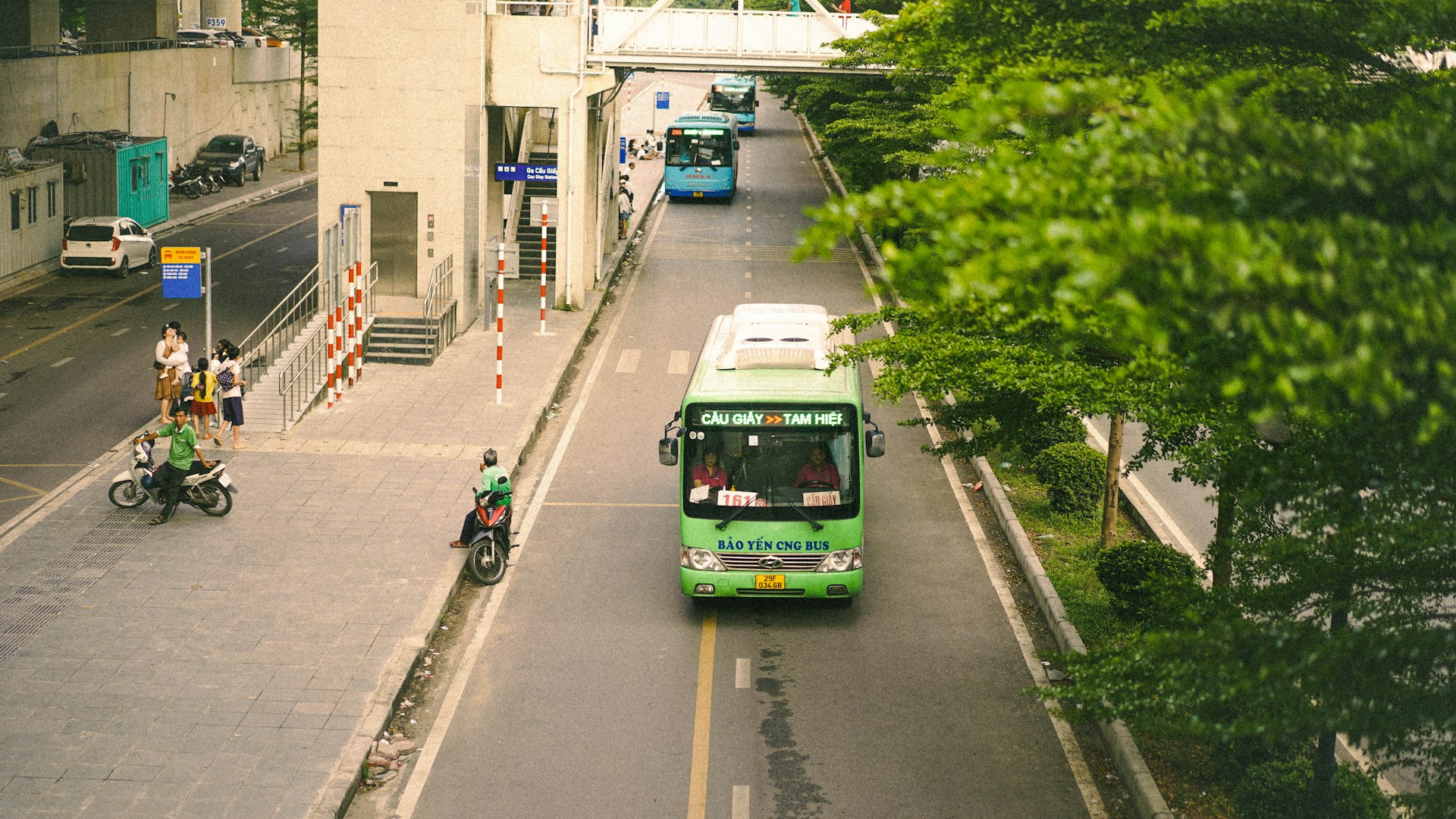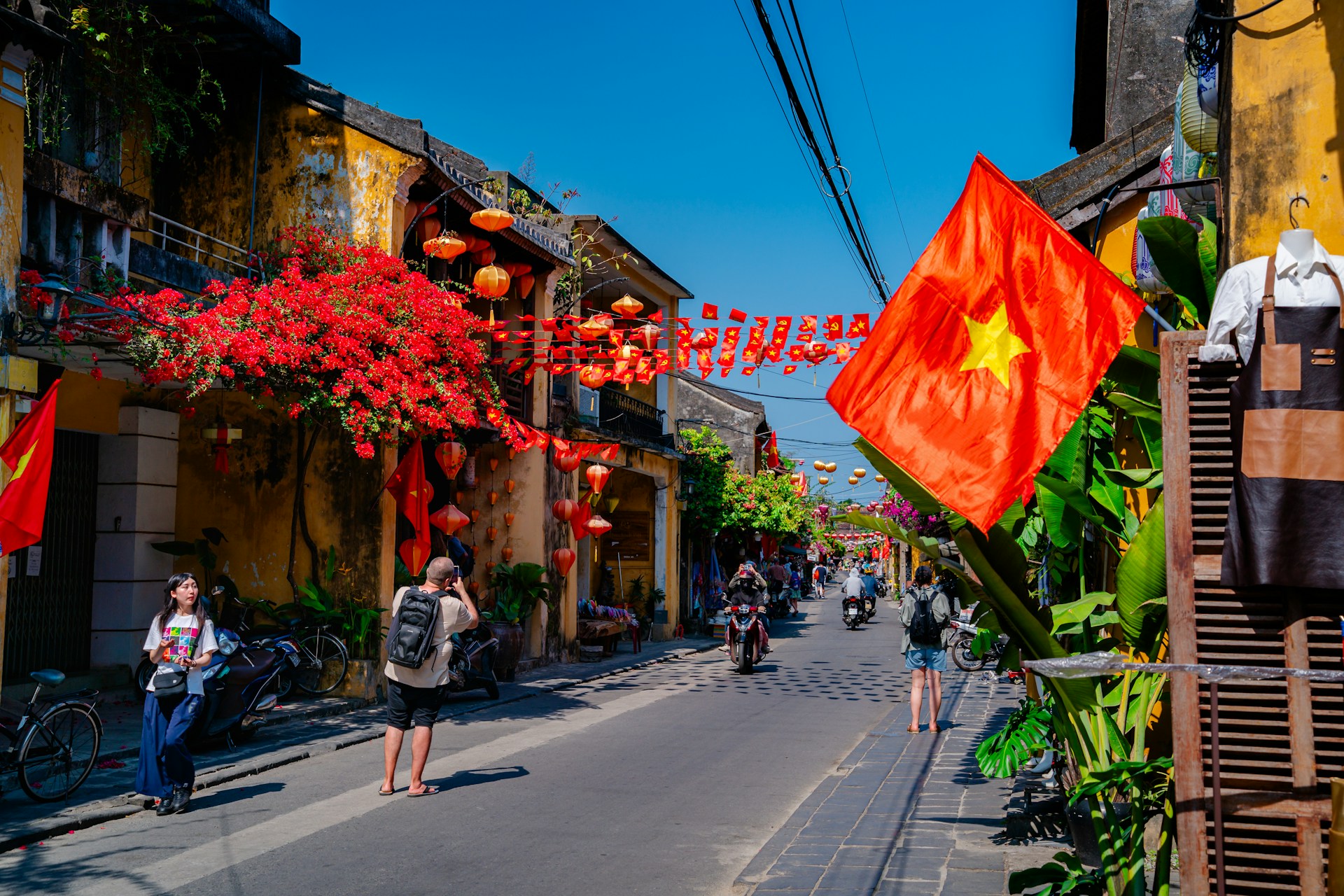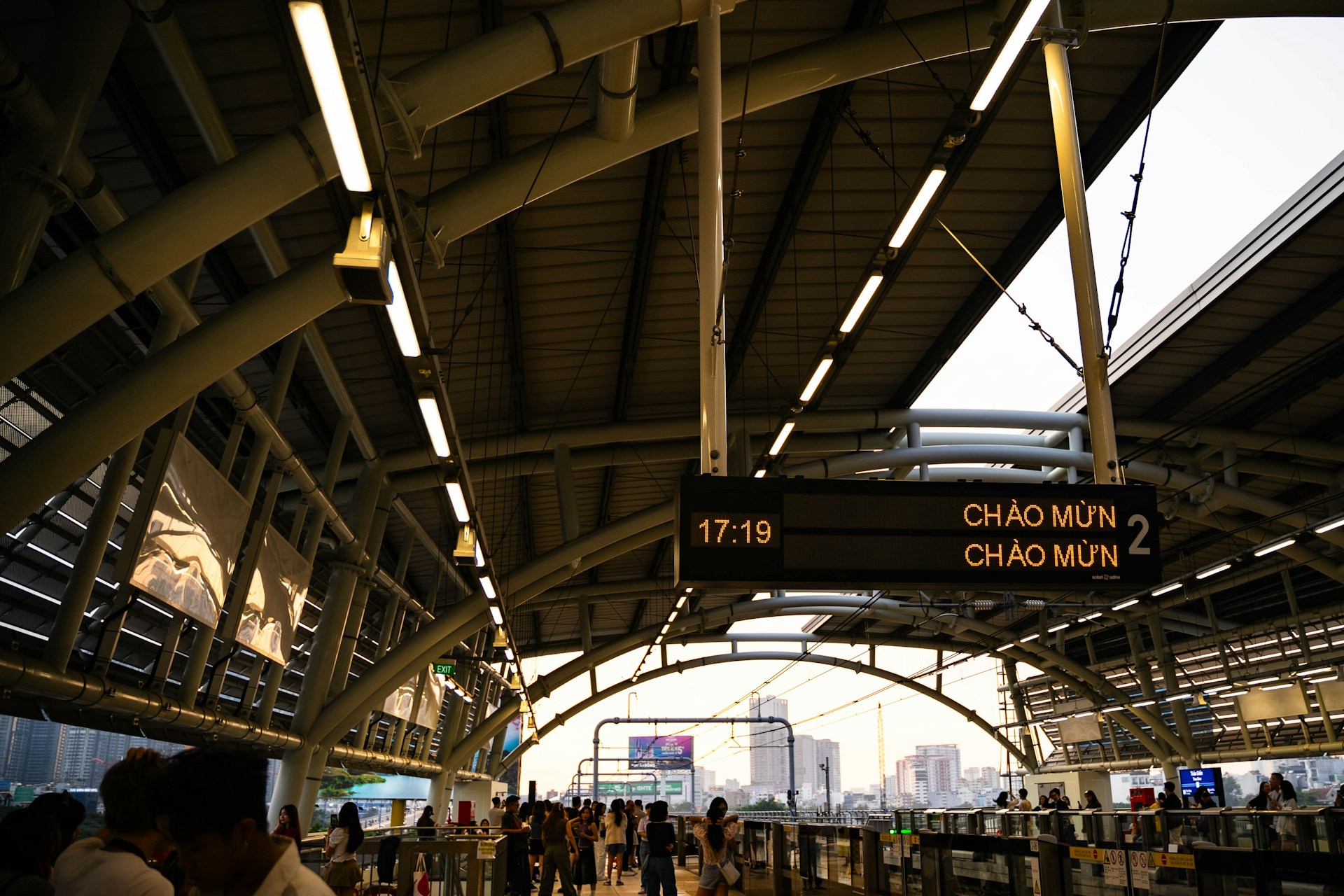
15Oct2019
Industry Reviews
Comments: No Comments.
Vietnam is gaining popularity as a travel destination. According to TripAdvisor, Hanoi ranked 15th in the world’s 25 top tourist destination ranking in 2019. As stated in Japan Association of Travel Agents survey, Vietnam is ranked 5th among overseas travel destinations in the summer vacation selected by the Japanese.
On the back of the recent tourism boom, Vietnam’s aviation market has been growing rapidly. According to the Airport Council International (ACI), a non-profit organization representing the world’s airports, Vietnam is expected to be the fastest emerging aviation market in the world in 2017-2040 period. The rest of top 10 include India, Saudi Arabia, the United Arab Emirates, the Philippines, Indonesia, Colombia, Mexico, and Malaysia. Comparing to 2017, the number of passengers in 2018 is estimated at 106 million, increased by 12.9%. ACI also estimated passenger transport would grow by 7.8% annually until 2022.
Top 10 Fastest Growing Countries for Passengers 2017-2040
Source: Airports Council International
To meet the growing demand, in 2018, Vietnam’s prime minister ratified ‘the national transport development plan towards 2020 with a vision to 2030’. Following this plan, the Ministry of Transportation will invest USD 3.7 billion (VND84.4 trillion) by 2020 and USD15.4 billion (VND350.5 trillion) by 2030, the number of aircrafts in Vietnam will also increase to more than 220 and 400 respectively under this plan. Additionally, the construction and expansion of current airports is also planned for Vietnam to have total 23 airports with combined capacity of annual air traffic of 144 million passengers by 2020, and 28 airports with combined capacity of annual air traffic of 308 million passengers by 2030. Significantly, Noi Bai International Airport will expand terminal 2 and build a new domestic terminal with parking lot; Tan Son Nhat Airport is going to expand the airport area by 250 hectares. Some notable new airports are Van Don which opened at the end of 2018, Long Thanh which will be constructed in Dong Nai province, etc.
Photo by Vu Long
Currently, there are five private airlines operating in Vietnam: Vietnam Airlines, VietJet Air, Jetstar Pacific Airlines, Vietnam Air Service (VASCO), and Bamboo Airways, which started operations in January this year. Viet Jet Air and Vietnam Airlines are dominating with market share is 43% and 42% respectively, but with the upcoming entries of new airlines such as Vinpearl Air, Vietravel Airlines, Vietstar Airlines, and Kite Air, it’s going to be extremely competitive. Vinpearl Air, which belongs to VinGroup – the largest conglomerate company in Vietnam, has already received a business license from the Vietnamese authorities and is preparing for operation. Vietstar Airlines was granted an operation certificate by the Civil Aviation Authority of Vietnam. The rookie FLC’s Bamboo Airways with the upcoming ‘hybrid model’ strategy which combine traditional model of Vietnam Airlines and low-cost model of VietJet Air is also a nominating player. At the moment, the domestic airlines compete not only with each other but also with foreign airlines for overseas routes. More and more foreign airlines have opened new direct routes to Vietnam with cheaper fee and better services. For example, Thai lion Air’s route from Hanoi to Bangkok is much cheaper than Viet Jet Air’s one. To hold on the dominating position and keep developing, Vietnam Airlines, the national flag carrier, plans to focus more on international market by increasing the number of aircraft to 101 by this year and operating direct flights to the US in the near future. VietJet Air who currently operates 38 domestic routes and 44 international routes also plans to expand to 42 domestic routes and 60 international routes.
Airline share by number of flights (Jan-Jun 2019)

Vietnam’s aviation market size is estimated 178,933 billion VND. This industry can also be regarded as a major revenue contributor to GDP so it’s an attractive market to invest. Especially, the government also has some acts to create more opportunities for foreign investors. Under a draft decree which was revised Decree No.92/2016/ND-CP, the upper limit of foreign capital to the air transportation was proposed to raise from current 30% to 34% of the share capital. They also want to reduce the minimum capital required to launch and maintain the aviation business. Up to now, we can mention some notable investment such as the case that All Nippon Airways acquired approximately 8.8% of Vietnam Airlines shares for USD 105 million (~ VND 2,431 billion) in 2016 and started a business alliance. Imex Pan Pacific Group also proposed to develop a runway and terminal 2 of the Phu Quoc International Airport.
We can see that Vietnam’s aviation market is growing rapidly along with its influence on development of airports and airlines. This industry has become a delicious cake for that both domestic and foreign investors sides need to keep an eye on.
Ryo Yagami – B@Company Inc
References:
1. Top25 destinations-World by TripAdvisor
2. Ranking of popular destinations for summer vacation by travel agency staff by Japan Association of Travel Agents
3. World Airport Traffic Report by Airports Council International
4. Residual growth for the aviation industry in 2019 by CustomeNews
5. Business British Group Vietnam
6. Vietnam Country Commercial Guide by The International Trade Administration (ITA), U.S. Department of Commerce
7. Vietnam aviation authority supports Vingroup’s airline project by Hanoi Times
8. Foreign investors to get easier way into Vietnam’s aviation industry by Hanoi Times
9. ANA HOLDINGS and Vietnam Airlines Conclude Final Contract for Business and Capital Partnership by All Nippon Airways
10. Aviation quandary as airlines wait to enter Vietnamese market by VNEXPRESS










